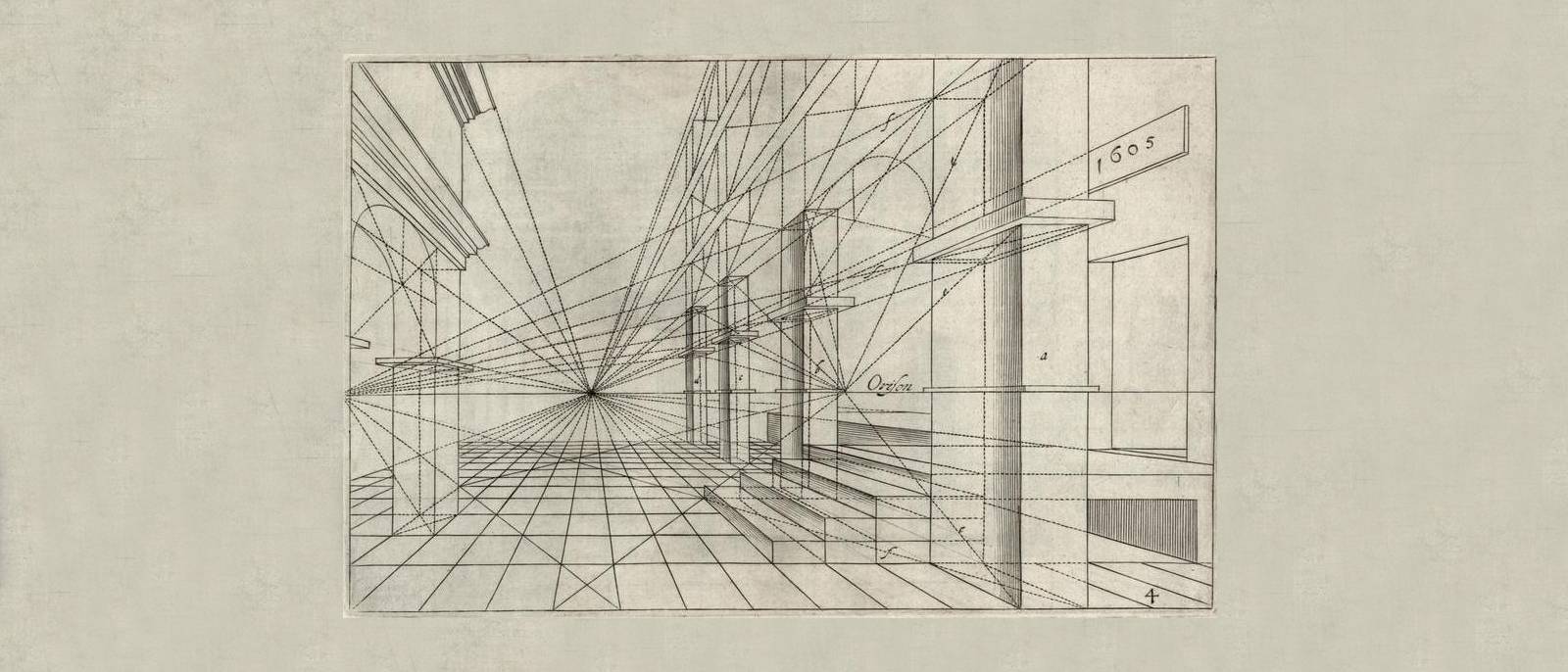David Byrne, on the Relationship Between Architecture and Music
How does the art of spaces influence musical composition?
Since the Talking Heads split up in 1991, David Byrne has proven to be a lucid source of creativity and intelligence. He has worked in film and music, and has also been an active supporter of cycling as the future of urban mobility. On this occasion we share a conference he gave at TED Talks in 2010, in which, in a sensitive and energetic manner, he explains the intimate correspondence between music and architecture —Specifically, on how architecture has triggered musical evolution.
Who better than him, who went from playing in places like the CBGB to the Carnegie Hall, to tell us about the symmetry between one type of music and the place where we listen to it? Byrne moves chronologically through different architectural periods, noticing the difference that musical composition experiences with the passing of years. For example, the aerial and fluid music that filled the cathedrals became much more texturized and rhythmical when the size and shape of the places changed to become something like the Carnegie Hall.
As he points out, certain types of music seem to work better for specific places. Rap and hip-hop have their best moments in car sound systems; punk was at its best in asymmetrical and small places like the CBGB, and arias inside gothic cathedrals —places where a jazz concert, for instance, with its intricate melodies and sharp pitch changes, would not sound to its full potential. Today we can listen to each layer of sound through our iPod’s headphones, and Byrne deduces that this influences the type of music we make.
This takes him to the main point: we make music to fit in with these contexts. Perhaps, to paraphrase him, the vessel in which we will pour the music is the first thought we have when composing, and then comes the passion and emotion to shape it. To clarify this idea, Byrne uses the example of birds: a bird will not sing in the same way when it is on a tree as when it is on the ground, nor will it sing the same in one part of the world as it does in another; his song —his message— adapts to the environment that contains it.
Byrne finds that music is an adaptive means that is molded to fit a physical pre-established frame. Is music written for a specific place? And if it is, is that architectural space a model for creativity?
Related Articles
Pictorial spiritism (a woman's drawings guided by a spirit)
There are numerous examples in the history of self-taught artists which suggest an interrogation of that which we take for granted within the universe of art. Such was the case with figures like
Astounding fairytale illustrations from Japan
Fairy tales tribal stories— are more than childish tales. Such fictions, the characters of which inhabit our earliest memories, aren’t just literary works with an aesthetic and pleasant purpose. They
A cinematic poem and an ode to water: its rhythms, shapes and textures
Here lies One Whose Name was writ in Water. - John Keats Without water the equation of life, at least life as we know it, would be impossible. A growing hypothesis holds that water, including the
Watch beauty unfold through science in this "ode to a flower" (video)
The study of the microscopic is one of the richest, most aesthetic methods of understanding the world. Lucky is the scientist who, upon seeing something beautiful, is able to see all of the tiny
To invent those we love or to see them as they are? Love in two of the movies' favorite scenes
So much has been said already, of “love” that it’s difficult to add anything, much less something new. It’s possible, though, perhaps because even if you try to pass through the sieve of all our
This app allows you to find and preserve ancient typographies
Most people, even those who are far removed from the world of design, are familiar with some type of typography and its ability to transform any text, help out dyslexics or stretch an eight page paper
The secrets of the mind-body connection
For decades medical research has recognized the existence of the placebo effect — in which the assumption that a medication will help produces actual physical improvements. In addition to this, a
The sea as infinite laboratory
Much of our thinking on the shape of the world and the universe derives from the way scientists and artists have approached these topics over time. Our fascination with the mysteries of the
Sharing and collaborating - natural movements of the creative being
We might sometimes think that artistic or creative activity is, in essence, individualistic. The Genesis of Judeo-Christian tradition portrays a God whose decision to create the world is as vehement
John Malkovich becomes David Lynch (and other characters)
John Malkovich and David Lynch are, respectively, the actor and film director who’ve implicitly or explicitly addressed the issues of identity and its porous barriers through numerous projects. Now










